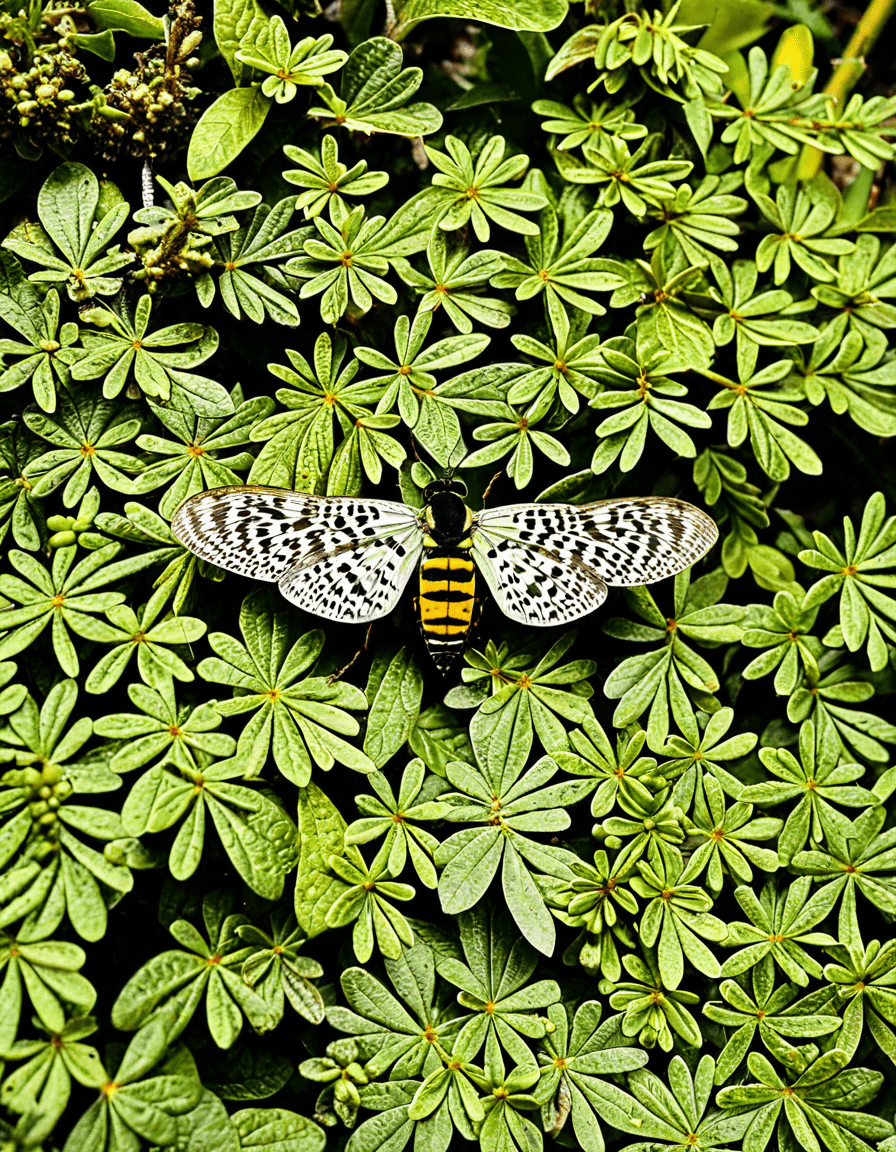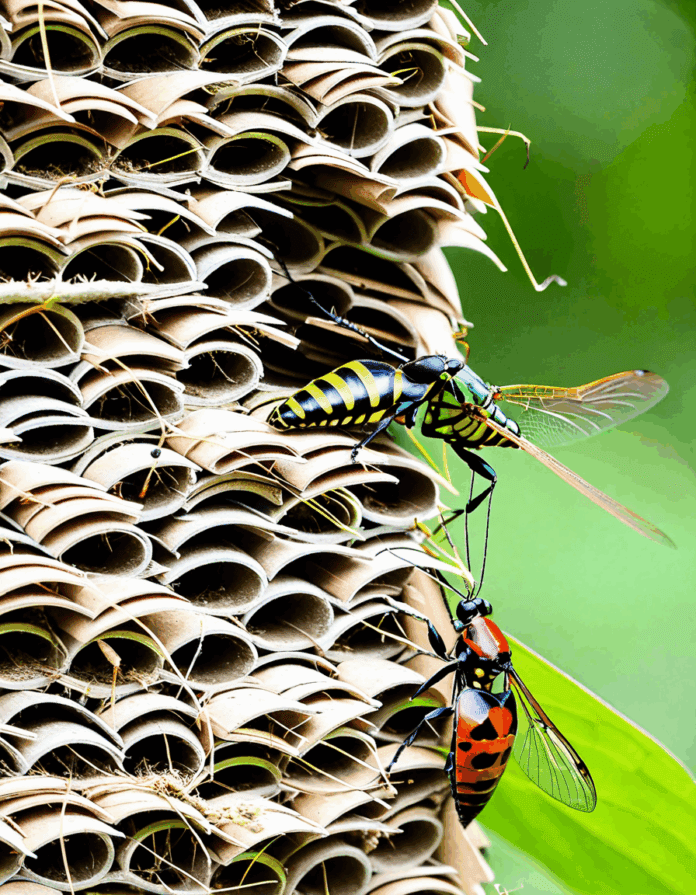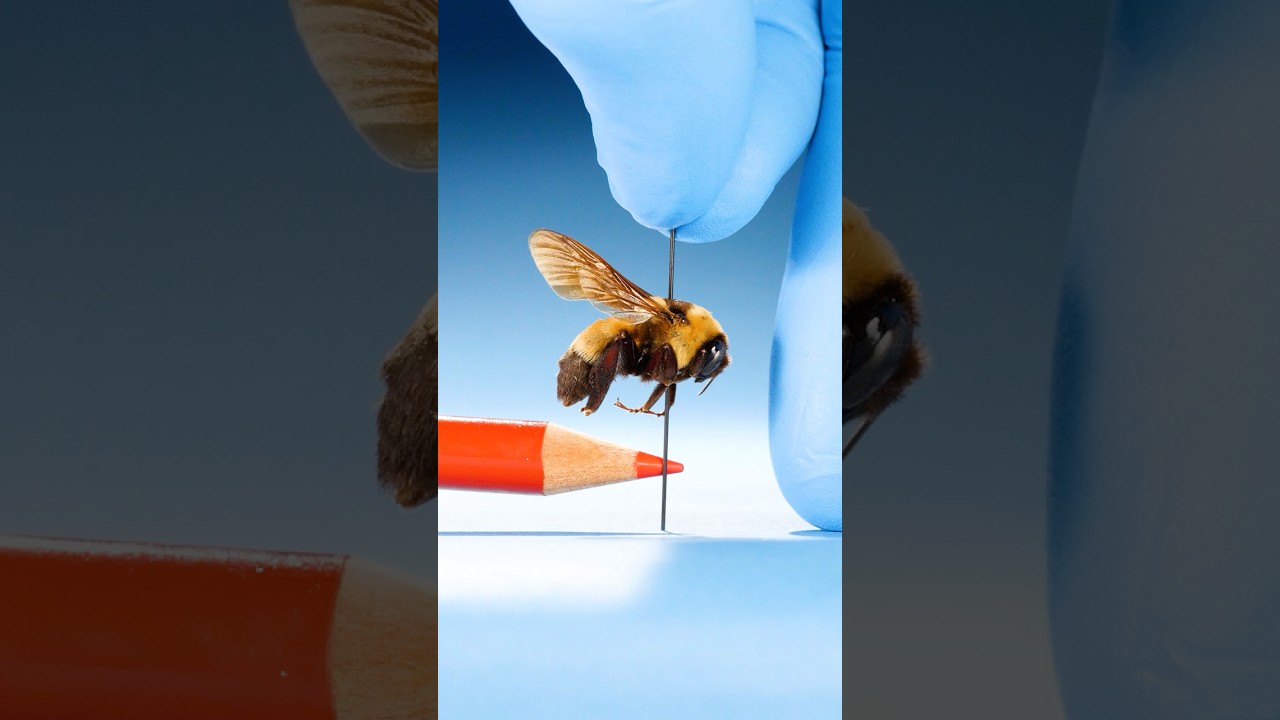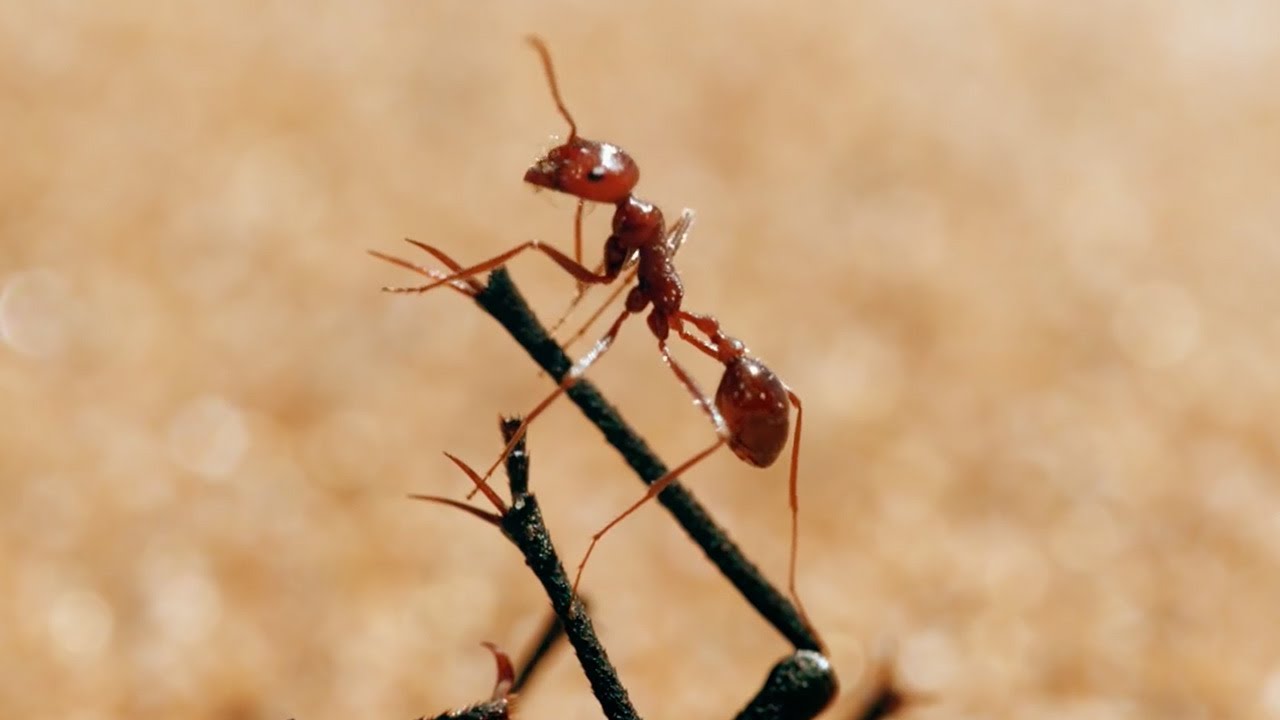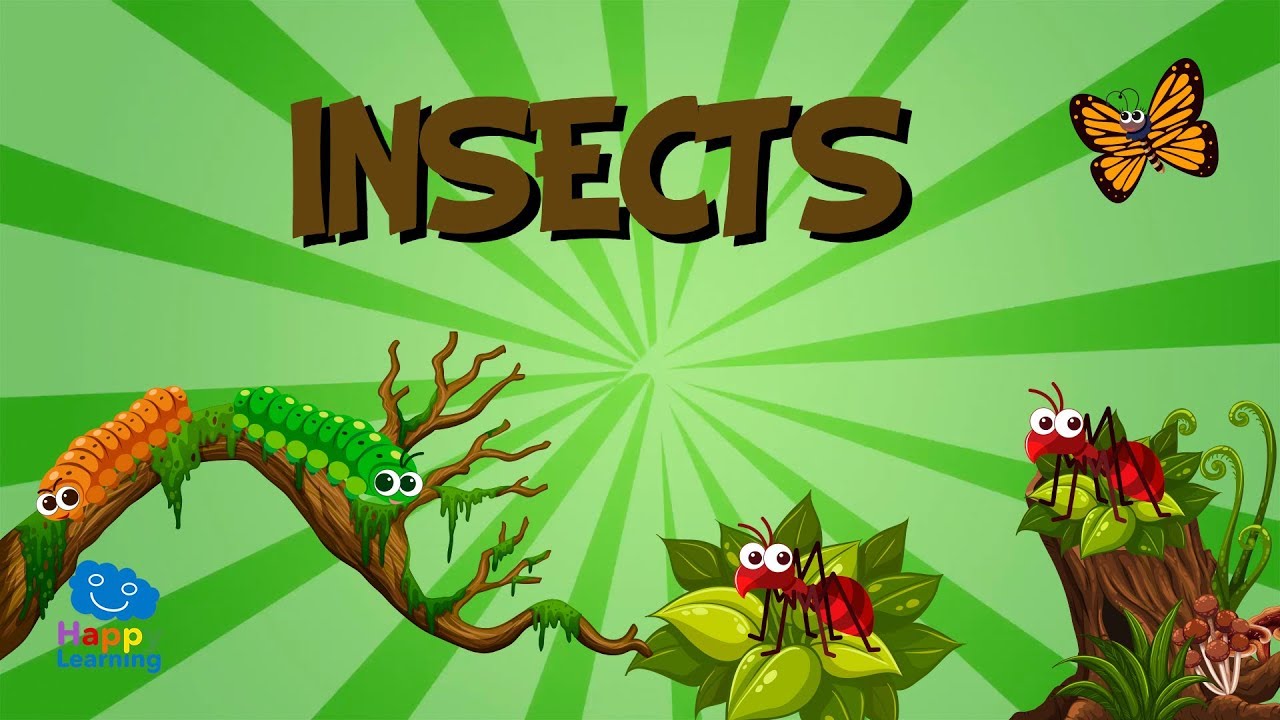Insects, often underestimated and overlooked, play critical roles in our ecosystem, agriculture, and even in our daily lives. These tiny creatures are not just nuisances; they reveal fascinating adaptations that help them survive and thrive. From their remarkable abilities to produce natural soap to their surprising influence on agriculture, their hidden lives are packed with lessons that can transform our understanding of nature and human innovation. Let’s delve into this intricate world of insects and explore their extraordinary lives.
Top 7 Extraordinary Adaptations of Insects
1. Bees and Their Soap-making Skills
European honeybees, particularly, astound researchers with their ability to create a natural “soap.” This clever substance helps combat bacteria and parasites in their hives. By mixing saliva with tree resins, bees form a protective barrier that keeps their living space clean. Nature finds a way, and in this case, it’s through soap—showing just how innovative these little creatures can be!
2. The Resilience of Termites
Termites might be considered pests by many, but they show off serious engineering skills. These social insects build complex mounds that regulate temperature and humidity similar to human HVAC systems. This architectural feat allows them to thrive in various climates, demonstrating a resourcefulness that merits admiration. They truly are nature’s hidden architects!
3. Silk Production in Caterpillars
The silk produced by caterpillars, particularly those of the Bombyx mori species, has garnered attention for its strength and elasticity. This silk not only forms the protective cocoon but has also led to advancements in textiles and medicine. As researchers tap into these properties, we see just how creativity can flourish from nature’s ingenuity.
4. Ants’ Farming Practices
Ants, particularly leafcutter ants, take agriculture into their own hands. They don’t simply forage for leaves; they cultivate fungi by bringing them home, creating a self-sustaining ecosystem. This symbiotic relationship exemplifies sustainable farming practices, proving that cooperation can lead to abundant resource management in nature.
5. Golden Tortoise Beetle’s Defense Mechanism
This striking beetle boasts an incredible survival tactic: color change. When threatened, golden tortoise beetles can reflect their surroundings, becoming nearly invisible to potential predators. This skill is strikingly similar to technologies being developed for military camouflage, showing that we can learn a thing or two from insects about survival.
6. Dragonflies: The Ultimate Predators
Dragonflies, with their astonishing flying abilities, hold the title of some of nature’s most skilled hunters. Their four wings work independently, allowing for intricate maneuvers in flight. With nearly complete 360-degree vision, they can spot and intercept prey mid-air, exemplifying evolutionary efficiency like no other.
7. Cockroach Resilience and Adaptability
Cockroaches, despite their reputation, showcase incredible survival skills. They can survive weeks without food and have even withstood nuclear fallout. Their tenacity and adaptability make them fascinating subjects of study for resilience and disaster recovery, proving there’s more to these critters than meets the eye.
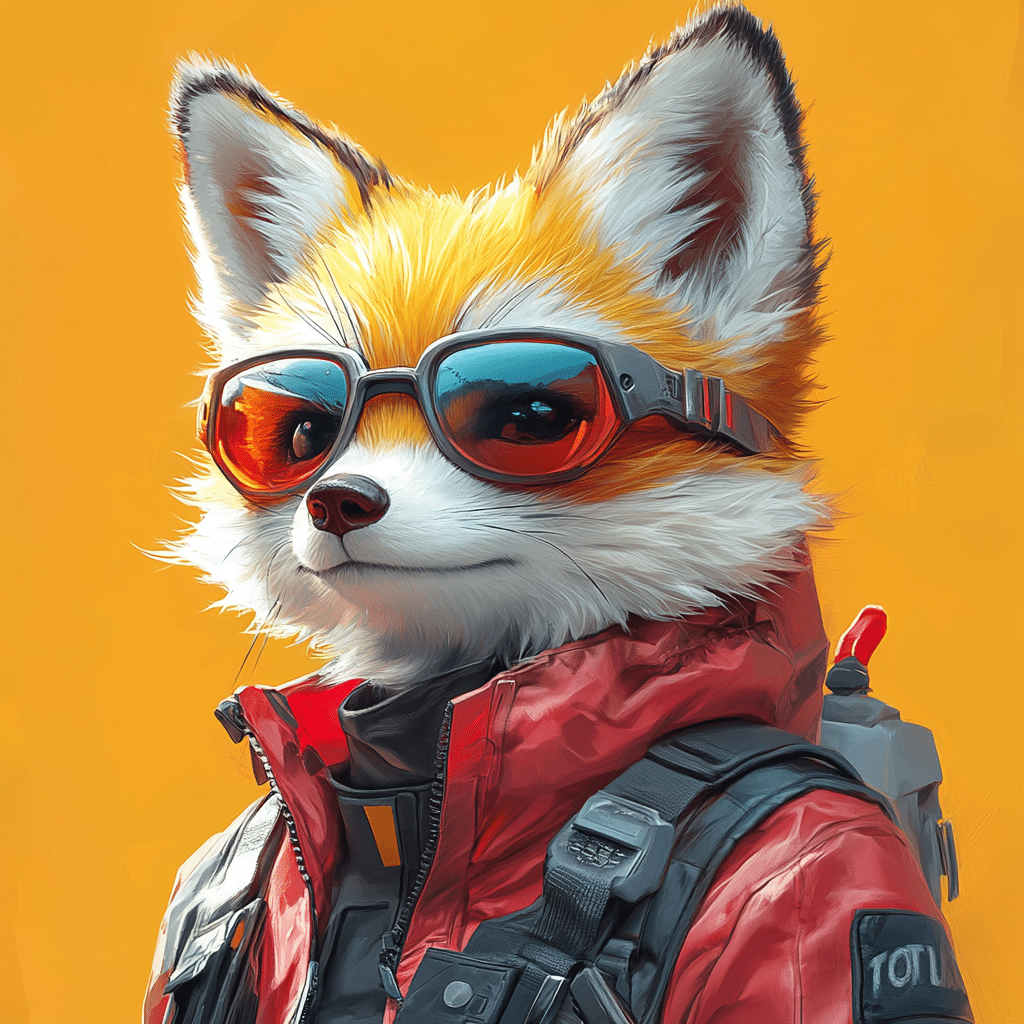
The Functional Benefits of Insects in Agriculture
Insects go beyond surviving; they provide invaluable services that markedly benefit agriculture. Pollinators, like honeybees, contribute billions of dollars annually to global crop production. Yet, the role of insects extends far beyond just pollination; predators such as ladybugs and lacewings act as natural pesticides. By managing pest populations, these insects reduce the need for chemical interventions, offering a clear benefit to sustainable farming practices.
Brands like Faithful to Nature have championed the use of insect-based natural pesticides, showcasing eco-friendly agricultural methods. The integration of insects into farming not only supports ecosystems but also holds great potential for addressing agricultural challenges in a way that respects the natural world.
Cereal Setbacks and Insects: An Unexpected Relationship
When discussing cereals, the conversation often touches on the dual role of insects as both pests and beneficial species. Pest species like the infamous corn rootworm can cause significant yield losses for cereal crops globally. However, beneficial insects, such as parasitic wasps, can help to regulate these pests, creating a balanced ecosystem that supports sustainable cereal farming.
Understanding the dynamics between beneficial and harmful insects is key to resilient agriculture. Farmers and agricultural scientists increasingly recognize that fostering beneficial insect populations is essential to combating pest issues effectively and sustainably.
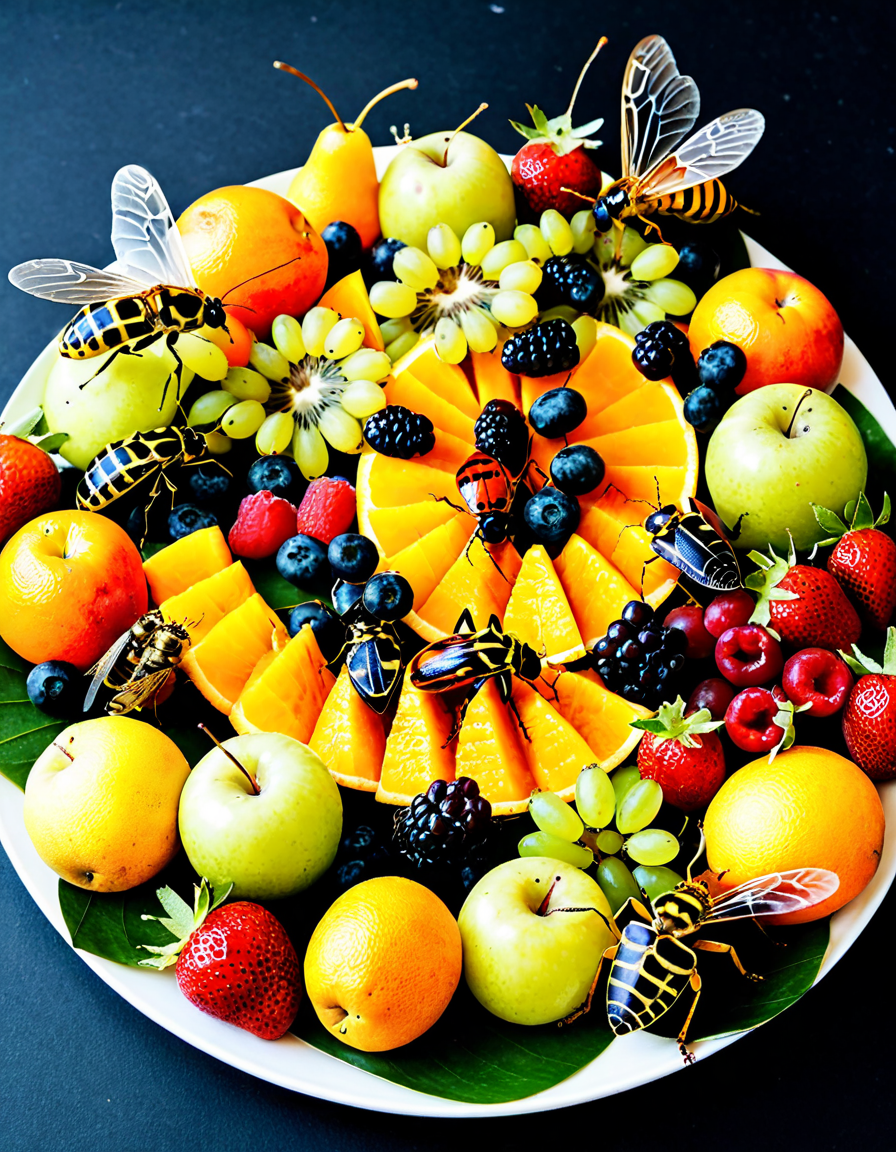
An Innovative Wrap-Up
As researchers continue to uncover the complexities of insect lives, their lessons extend far beyond the field of entomology. These amazing creatures illustrate how architectural ingenuity, agricultural sustainability, and even innovative materials can inspire human creativity. By looking to nature, we can find innovative solutions to the challenges we face in our rapidly changing world.
The secrets of insects, once considered hidden, offer not just insights into nature but a blueprint for a sustainable future. By harnessing the lessons that insects provide, we can forge better connections between our world and the natural environment, paving a path towards solutions informed by the wisdom of these remarkable organisms. So, next time you see an insect, take a moment to appreciate the extraordinary life struggles and triumphs that unfold within its tiny existence.
Insects: Nature’s Remarkable Engineers
Tiny Architects of Earth
Did you know that insects are responsible for about 80% of the pollination of flowering plants? Talk about a busy Girls night out! As they flit from flower to flower, these tiny creatures are actually helping to sustain ecosystems and food supplies around the world. Interestingly, their contributions don’t end there; insects also play vital roles in decomposition, recycling nutrients, and even aiding in soil formation. This amazing ability to turn waste into nourishment is comparable to innovative companies like Squareup, which streamline processes to help businesses thrive.
Colorful Communication
Insects have some sensational ways of communicating that are truly eye-opening! For example, fireflies use flashes of light to attract mates, creating a magical display that rivals the best scenes in comedy Movies 2022. Meanwhile, ants utilize pheromones to pave those invisible paths that lead them to food sources, working together like a well-oiled machine. If you look deeper into the behavior of insects, you’d find there’s a lot of Modo in how they interact with each other, almost like the choreography of a carefully choreographed dance show.
Amazing Adaptations
Insects are champions of survival, showcasing a range of adaptations that seem almost like something out of a science fiction film! Some species can withstand extreme environments, while others have evolved impressive defense mechanisms, such as mimicry or camouflage. It’s fascinating to think of the multiple ways they maim predators, allowing them to thrive in various habitats. For example, certain butterflies mimic leaves to hide from outsiders, while dung beetles navigate with a precision akin to the tech-savvy shifts we see with products like the Nintendo Switch 2.
In conclusion, these extraordinary traits and behaviors give us insight into not just the lives of insects but also the interconnectedness of all life forms on our planet. Just like digging into a rich filmography of Dean Norris’s movies and TV shows, exploring the hidden wonders of insects can reveal narratives that are both captivating and vital for understanding our environment. Who knew these tiny beings could hold so many secrets waiting to be discovered? The journey of learning about insects continues to be full of surprises, much like exploring the Way Back machine for forgotten web pages!
